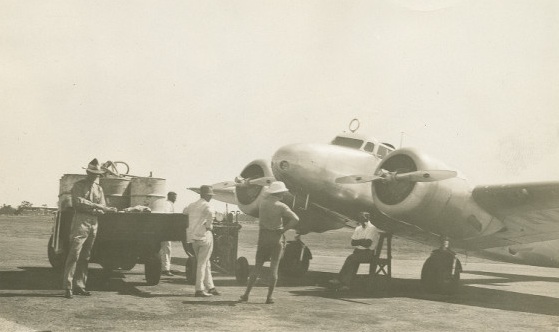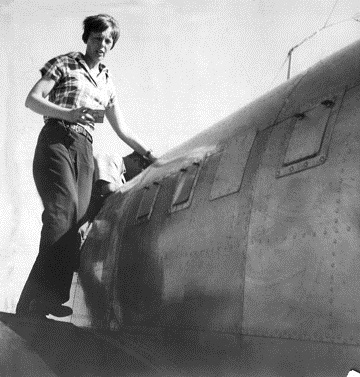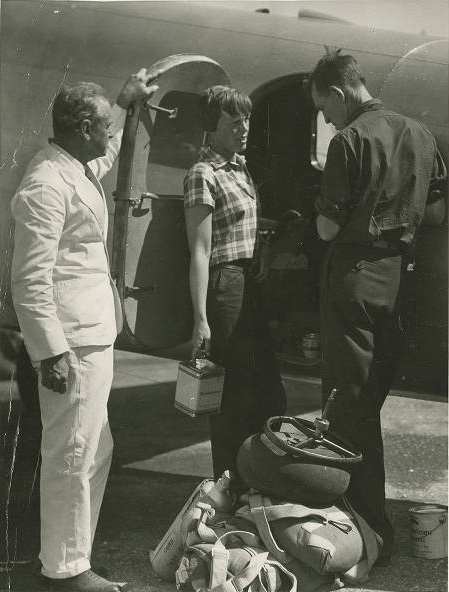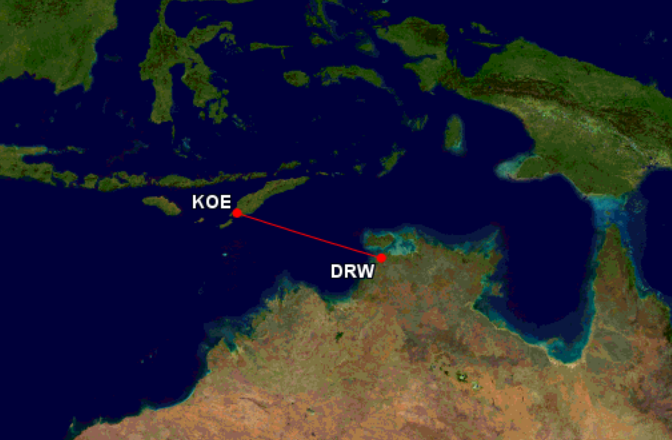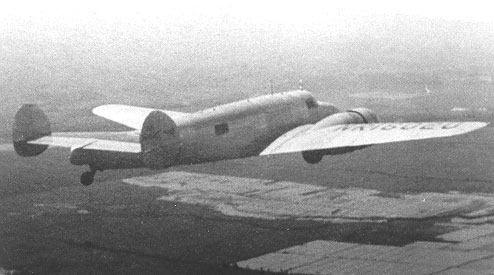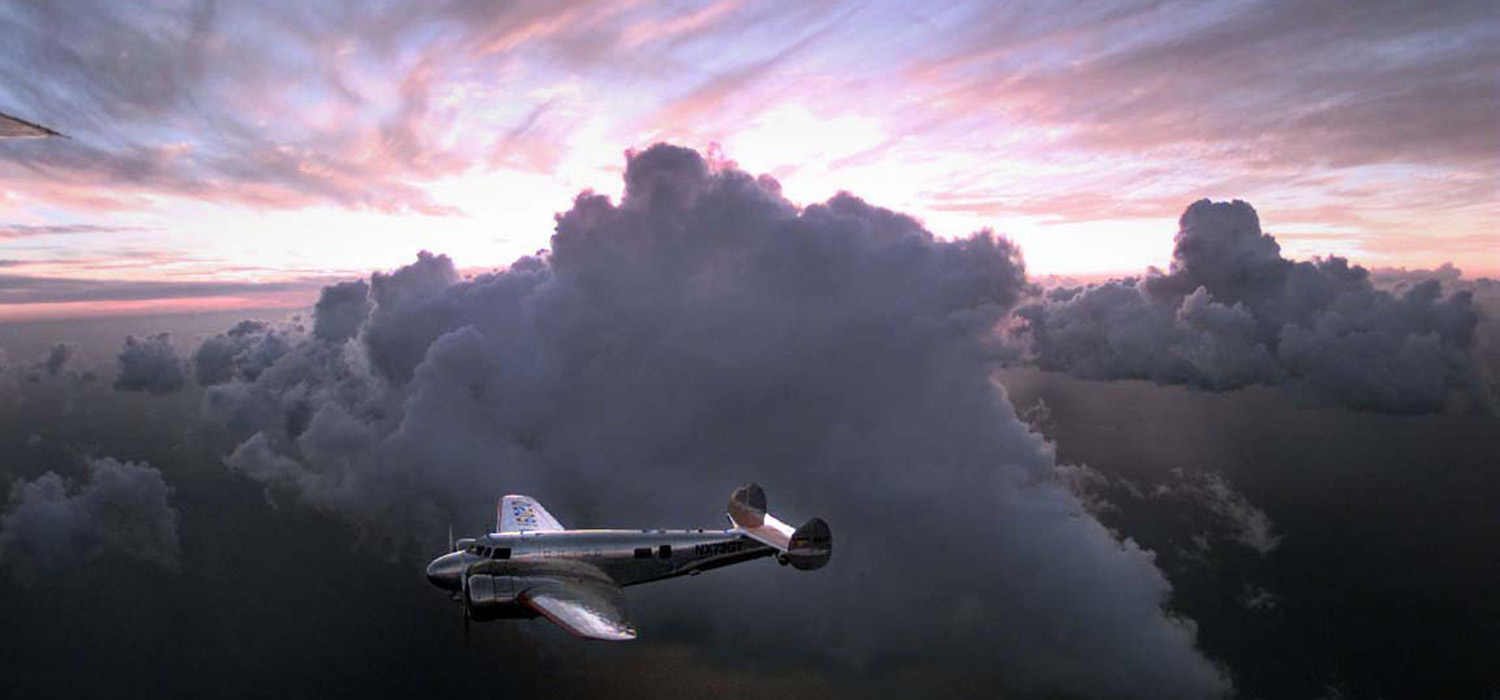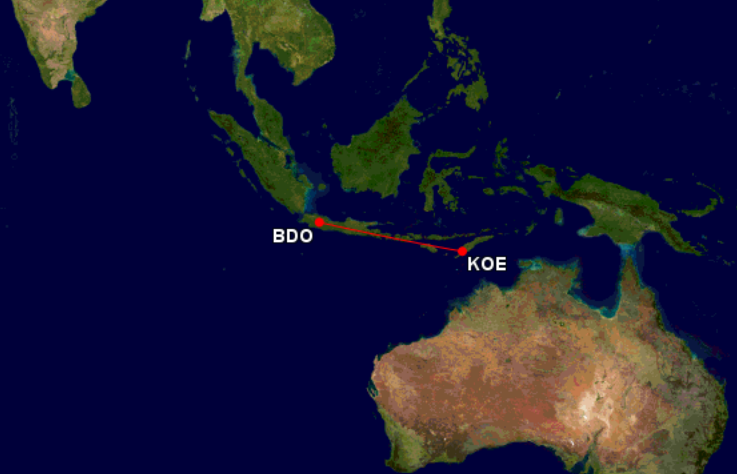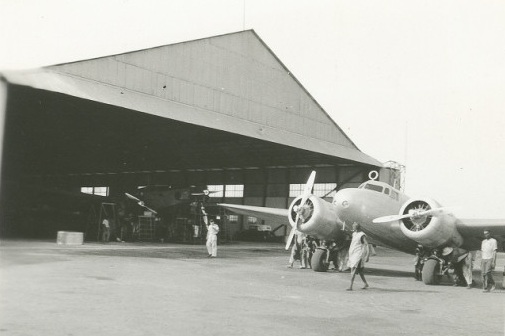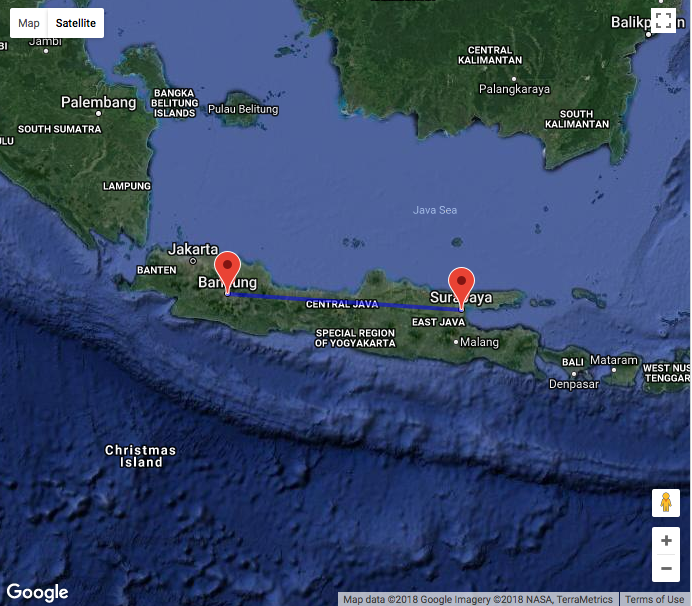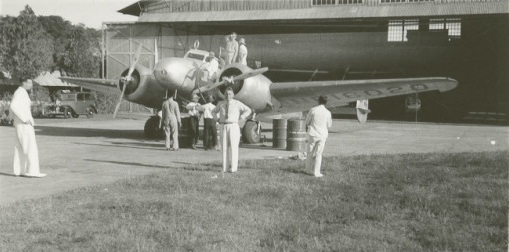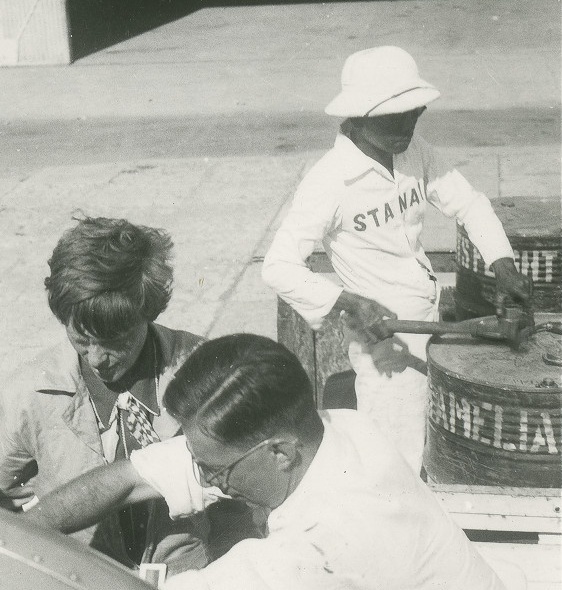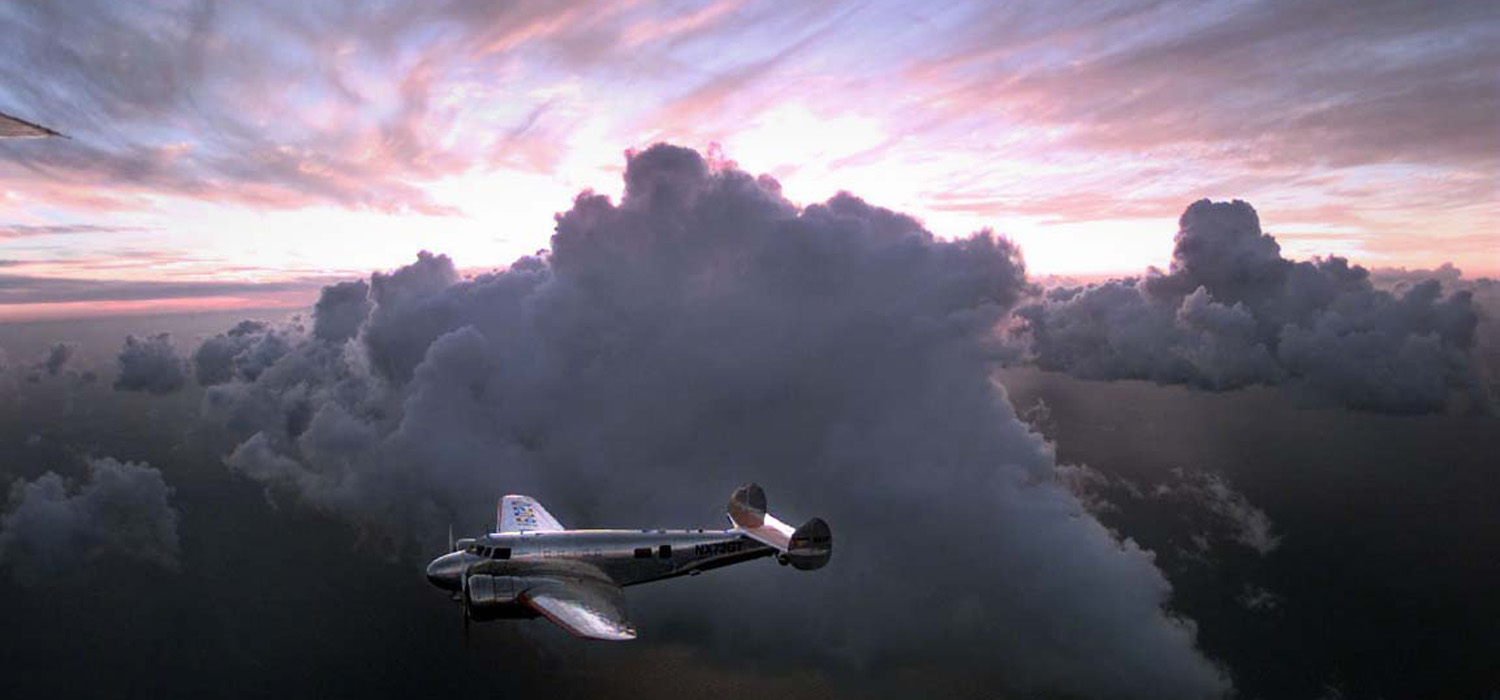
29 June 1937: Leg 28. Amelia Earhart and Fred Noonan fly the Lockheed Electra 10E, NR16020, from Darwin, Northern Territory, Australia, to Lae, Territory of New Guinea.
“Lae, New Guinea, June 30th. After a flight of seven hours and forty-three minutes from Port Darwin, Australia, against head winds as usual, my Electra now rests on the shores of the Pacific. Beyond the Gulf of Huon the waters stretch into the distance. Somewhere beyond the horizon lies California. Twenty-two thousand miles have been covered so far. There are 7,000 to go.
“From Darwin we held a little north of east, cutting across the Wellington Hills on the northern coast of Arnhem Land, which is the topmost region of Australia’s Northern Territory. The distance to Lae was about 1,200 miles. Perhaps two-thirds of it was over water, the Arafura Sea, Torres Strait and the Gulf of Papua.
“Midway to New Guinea the sea is spotted with freakish islands, stony fingers pointing towards the sky sometimes for hundreds of feet. We had been told the clouds often hang low over this region and it was better to climb above its hazardous minarets than to run the risks of dodging them should we lay our course close to the surface. Then, too, a high mountain range stretches the length of New Guinea from northwest to southeast. Port Moresby was on the nearer side, but it was necessary to clamber over the divide to reach Lae situated on the low land of the eastern shore. As the journey progressed we gradually increased our altitude to more than 11,000 feet to surmount the lower clouds encountered. Even at that, above us towered cumulus turrets, mushrooming miraculously and cast into endless designs by the lights and shadows of the lowering sun. It was a fairy-story sky country, peopled with grotesque cloud creatures who eyed us with ancient wisdom as we threaded our way through its shining white valleys. But the mountains of cloud were only dank gray mist when we barged into them, that was healthier than playing hide-and-seek with unknown mountains of terra firma below. Finally, when dead reckoning indicated we had traveled far enough, we let down gingerly. The thinning clouds obligingly withdrew and we found ourselves where we should be, on the western flanks of the range with the coastline soon blow us. Working along it, we found Lae and sat down. We were thankful we had been able to make our way successfully over those remote regions of sea and jungle – strangers in a strange land.”
—Amelia Earhart
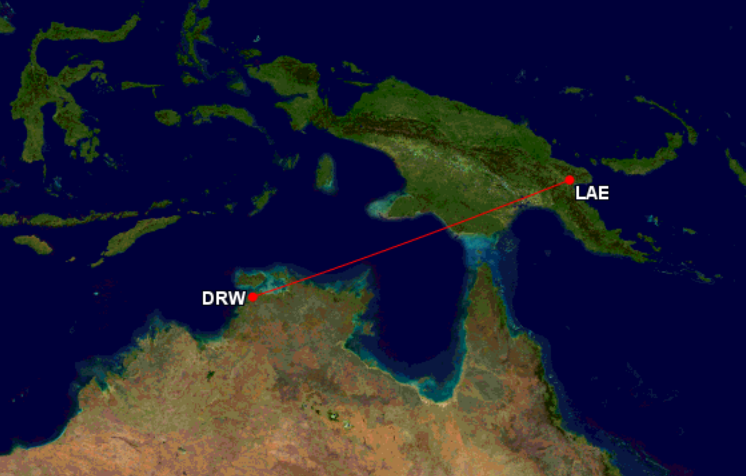
© 2019, Bryan R. Swopes
